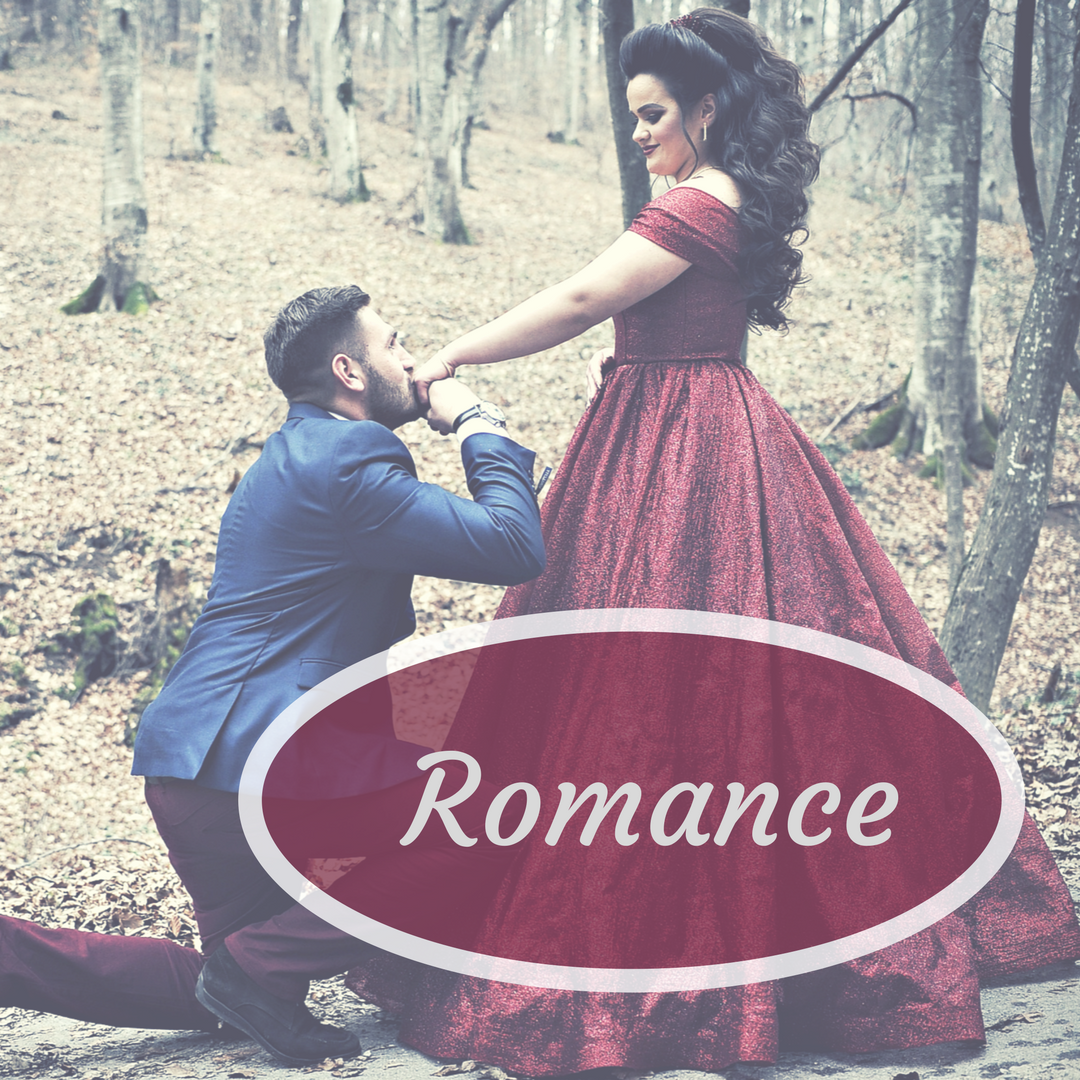As a little girl I was enthralled with the classic Disney tales of princesses finding their “Prince Charming” and living happily ever after—Cinderella, Snow White, Sleeping Beauty. As a teenager I devoured Harlequin romance books and larger romance novels, each ending with the man and woman madly in love and the assumption that they lived “happily ever after”.
Therefore, like most girls, I dreamed of finding and falling in love with an incredibly romantic man, marrying, and living happily ever after. Now let’s pause a moment here to talk about what this idea of “happily ever after” is. When you watch the Disney princess movies or read the romance novels, there may or may not be any real tensions or problems between the man and woman that have to be worked through for them to continue having a “happy” relationship. Often, their relationship appears perfect—not a care or problem in the world. Is this idea of “happily ever after” realistic? Of course not.
Are we doing our readers a disservice if we paint this kind of perfect romance? My opinion is “yes”. I remember being quite upset when I realized that Disney princesses’ “happily ever after” doesn’t exist in the real world. To achieve happily ever after requires hard work from both the man and woman in the relationship because men and women are different. God created them to think, feel, and communicate differently, and that can present struggles and problems they must learn to talk about and work through in order to have a “happily ever after”.
Will including such problems in our romance stories, even before marriage, make our stories less, or lose readers? I think, by showing characters that face real-life struggles, our stories become richer and more relatable. Depending on how you choose to show how your characters work out such struggles, you may even be helping your reader with a struggle in their own relationship by showing them a possible solution they may not have thought about. Including such problems in our characters’ relationships can not only make our characters stronger, but strengthen the story as a whole.
As a romance writer, I have had several ladies say to me, “Why are the relationships in romance stories always so perfect? Why do they have to always have a happy ending? Real life isn’t like that. Just once I’d like to read a story that doesn’t end with “happily ever after”.
Does that mean you have to end your romance novel without a wedding or the happy couple walking into the sunset hand-in-hand? Not necessarily, but it could offer you a new option for some good tension or conflict in your novel. Or maybe, the boy doesn’t get the girl the reader thought he’d get at the beginning of the book. Maybe, he finds one that’s a better match, showing that not every relationship works out or ends in marriage.
Readers may find such a story refreshing.

Kelly F. Barr lives in Lancaster County, Pennsylvania. She is married and has three sons. She writes historical romance. She has also been a blogger for ten years, and every Friday, you can find her Flash Fiction stories posted for your reading pleasure. She loves her family, including the family dog, books, walks, and chai lattes.
You can find her online at:
Website: https://kellyfbarr.com/
Twitter: https://twitter.com/kellyb_26
Facebook: Kelly F. Barr, Writer




No Comments